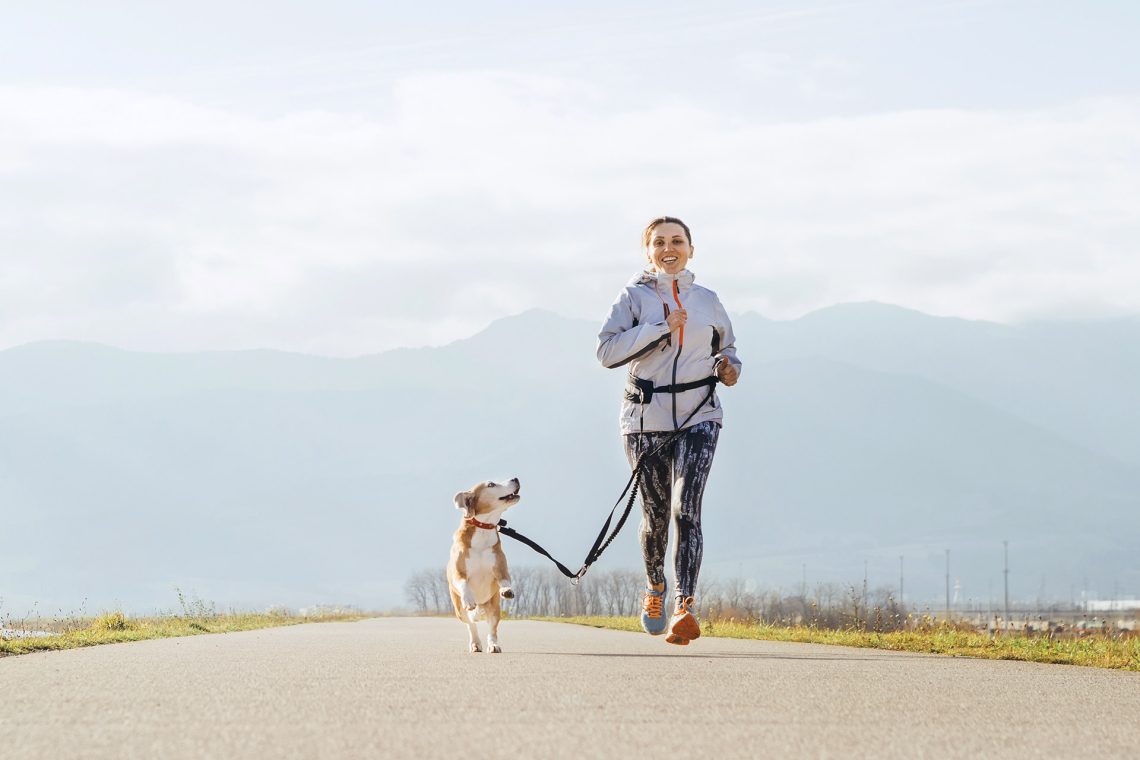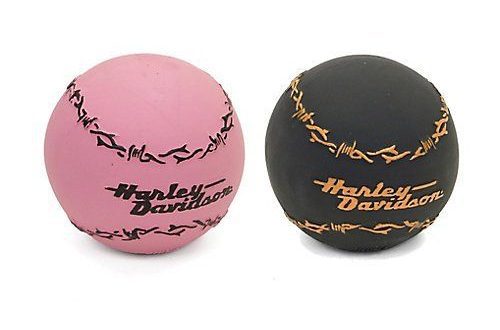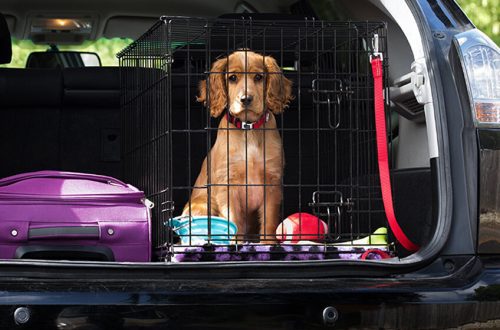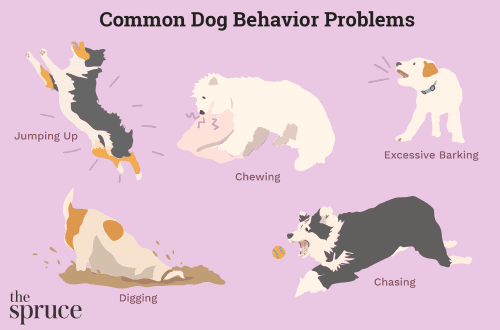
How to run with a dog?
To begin with, it would not be superfluous to say that not all breeds of dogs, in principle, are disposed to run. Decorative breeds are definitely not suitable for the role of companions in this sport, as well as, for example, short-legged corgis or brachycephalic dogs, which have difficulty breathing due to the structure of the muzzle.
But cops, terriers, greyhounds, setters, huskies, retrievers, labradors, shepherds, dalmatians and beagles love to run.
But if you have a puppy, then you should not run with him at all, as this can adversely affect his health. Wait until the dog is one and a half years old.
Before you take your dog for the first run, take him to the veterinarian: it is better to check the health of the pet to be sure that running is not contraindicated for him.
If the breed, age and health of the dog allow her to run, then pay attention to the tips below.
Buy a harness and a shorter leash. So both you and the dog will be more comfortable – the harness will not put pressure on the dog’s neck, and a short leash will allow you to better control it.
Do not feed your pet before and immediately after running. There should be at least an hour between meals and running, which means you can’t feed your dog less than an hour before running and another hour after.
Take water and treats with you. And do not forget to make stops in order to give your pet a drink. Treats will help you encourage and motivate your dog.
Do a warm-up before your run. A short game together will help warm up the muscles for both you and your pet.
Start running short distances. It is better not to load your pet with long runs at once – 2–3 km at a calm pace is enough for a start. And remember that dogs, in principle, are not marathon runners, but sprinters. Of course, if you wish, you can accustom your pet to long distances, but you need to do this gradually.
Check your pet’s paws after a run. While running, there is a risk of cutting the paw pads or burning them on hot asphalt.
Remember diversity. Change routes, distances, pace – don’t let your pet get bored with monotonous activities.
And most importantly: pay attention to the condition and mood of the dog! If she gets tired quickly, does not want to run, or feels bad after your workouts, do not force her, it is better to go to the clinic and check her health.
July 29 2020
Updated: July 29, 2020





